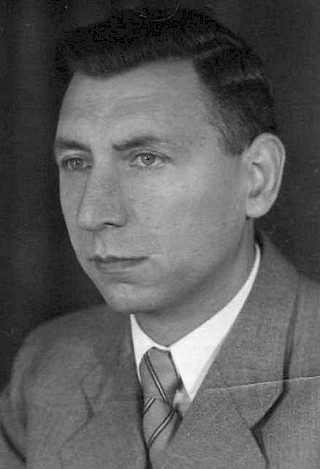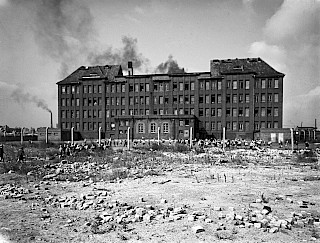The experiments
The Experiments on the Children
Nazi doctors conducted so-called “medical” experiments on prisoners in concentration camps, free from any constraints. Driven by ambition and the desixxre for success, they used human beings as test subjects, often inflicting immense suffering and harm.
Since the Nazi regime classified certain groups - especially Jews, Roma, and others they deemed “inferior” - as less than human, many doctors felt justified in treating them as expendable. These experiments were not only cruel and inhumane but also a stark reflection of the racist ideology that permeated Nazi medicine and society.
One of the doctors involved in these crimes was Dr. Kurt Heissmeyer. At the Neuengamme concentration camp, he carried out brutal experiments on 20 Jewish children in an attempt to find a cure for tuberculosis, a widespread lung disease.
Heissmeyer pursued these experiments even though his theory of a “lung vaccination” had already been rejected by the medical community as unsuitable and unsafe.
To conduct his tests, he “ordered” ten boys and ten girls, who were deported from Auschwitz to Neuengamme. He deliberately infected the children with tubercle bacilli and then surgically removed the lymph glands from under their arms to study the progression of the disease.
This painful procedure resulted in many of the children developing high fevers and remaining in severe pain long after the operations.
With his human experiments, Heissmeyer wanted to prove that tuberculosis could be combated by artificially creating skin tuberculosis and that 'racially inferior' people were more susceptible to tuberculosis.
Heissmeyer's first thesis was already known in expert circles to be scientifically untenable long before the experiments. The second thesis was based solely on the racist and anti-Semitic ideology of the Nazis.

The Murder of the Children
In early April 1945, it was clear that Germany was going to lose the war. British forces were rapidly approaching Hamburg. The Nazi officers feared that the gruesome "medical" experiments conducted on the children would be discovered.
Max Pauly, the commandant of Neuengamme concentration camp, therefore instructed the camp doctor, Dr. Trzebinski, to kill the children.
Late in the evening of April 20, 1945, the unsuspecting children were rudely awakened. Trzebinski and his aides told them they were being taken back to their parents. Together with their four carers and six other prisoners, they were taken by truck from Neuengamme concentration camp to Bullenhuser Damm.
The former school building was a satellite camp of Neuengamme in Hamburg and was empty at the time.
Members of the SS took the children to one of the rooms in the basement and ordered them to undress. Trzebinski gave them an anaesthetic (morphine) so that they could not resist. Some of the children fell asleep and died immediately. Those who were still breathing were taken to another room and hanged.
Some of the children weighed so little that the noose would not tighten properly, so Johann Frahm, an SS-Unterscharführer, pulled the children's bodies down with all his weight. Two days later, in the morning, the bodies were taken to Neuengamme concentration camp and cremated. After the war, Johann Frahm testified that the children "(...) were then hung on hooks like pictures on the wall".
